The research reported here was funded in part by the Minerva Research Initiative (OUSD(R&E)) and the Army Research Office/Army Research Laboratory via grant #W911-NF-17-1-0569 to George Mason University. Any errors and opinions are not those of the Department of Defense and are attributable solely to the authors.
What are the possible developments in Afghanistan over the next three to five years, after the withdrawal of U.S. forces? In this second piece in a three-part blog series, I detail four possible scenarios, ranging from preservation of the existing political system to a prolonged civil war. In the first piece, I detailed four internal factors that influence the likelihood of each scenario. In the third piece, I analyze where external actors retain leverage.
Scenario 1: The existing order is preserved
Under this scenario, the existing political and social dispensations in Afghanistan would be maintained, with minimal changes to the constitution and the preservation of existing formal civil liberties and human rights, including the rights of women and minorities. Elections would continue, albeit fraudulent and underpinned by elite bargains, as over the past two decades. The Taliban would be given the opportunity to disarm and provided with demobilization and reintegration assistance, with only some Taliban fighters provided opportunities to join the Afghan National Defense and Security Forces (ANDSF). Some Taliban leaders would also be given positions of power in a few Afghan ministries at the national level, with perhaps more robust representation at the provincial level.
This is the outcome the Afghan government has sought. In essence, this scenario is a defeat of the Taliban’s project — more at the negotiating table than on the battlefield.
However, the scenario is divorced from the Taliban’s military strength and ANDSF weaknesses, and ignores the profound divisions among the political elite in Afghanistan which the Taliban adroitly seeks to deepen. There is little likelihood this scenario will materialize. The ANDSF would have to survive, effectively alone, years of pounding from the Taliban and not just hang on, but significantly push back the militants.
Scenario 2: A rapid Taliban-powerbrokers deal
A second possibility is a relatively rapidly forged deal between the Taliban and some Afghan powerbrokers who split off from the existing Afghan government.
Rather than risk a prolonged civil war, the Taliban and the powerbrokers would divide power among themselves, the latter motivated in part by ongoing ANDSF surrenders to the Taliban. The Taliban would insist on becoming the most powerful, perhaps dominant, actor in a future government but it would not be fully exclusionary and would give sufficient positions of power to existing powerbrokers, including northerners and other ethnic minority leaders.
The scenario is substantially more likely than Scenario 1. The Taliban and Afghan powerbrokers have been engaged in intense negotiations for over two years. In interviews with me, various powerbrokers acknowledged that they could imagine such deals emerging and that their economic, political, and even security interests could be accommodated by ministerial or technocratic positions in a Taliban-led government.
Of course, many Afghan politicians will not fall in with the Taliban until the last minute — when they arrive on the doorstep of important provincial capitals or even Kabul. Until then, many powerbrokers (having exit options to places such as Dubai where their economic assets are sheltered) will try to milk concessions from both the Afghan government in Kabul and the Taliban, hedging with both.
The weakened government would face decisions as to whether to confront defecting powerbrokers with the ANDSF — which risks accelerating ANDSF fragmentation — or decamp from the country to run a government in exile.
A Taliban-powerbrokers’ deal could be consistent with an Iran-like regime emerging in Afghanistan in which a Taliban-dominated supreme religious council permits changes in the executive, perhaps even through elections, but holds ultimate power.
While potentially avoiding bloodshed, such an arrangement would be an elite bargain giving little representation to the Afghan population at large, including the young, educated segment. Rights of women and minorities, while perhaps not fully lost, would be significantly reduced.
Whether such a bargain could hold would depend on the number of powerbrokers excluded from the power-sharing and economic rent deals and their capacity to mobilize sufficiently robust armed opposition in various parts of Afghanistan simultaneously. It would also depend on whether the ANDSF fell apart and whether its commanders would attempt a coup either against the existing or envisioned government. The prospect of ANDSF buckling and splintering is greater than a coup, but a coup attempt cannot be ruled out.
Scenario 3: The Taliban’s rapid military ascendance
In the third scenario, the Taliban delays striking bargains with Afghan powerbrokers until it has visibly taken more territory, particularly several provincial capitals. Currently, the Taliban is in a highly auspicious position around at least 12 provincial capitals. With the end of U.S. air support for the Afghan military, the Taliban will likely be in a position to pounce on several provincial capitals simultaneously, max out Afghan Special Security Forces capacity for pushback, and hold several of them. A cascade of detrimental events could unfold, including powerbrokers fleeing Afghanistan (as they were on the cusp of doing in 2015 when the Taliban temporarily took Kunduz City and seemed poised to move on to the province of Takhar) and defecting ANDSF commanders and units cutting their own deals with the Taliban.
Even Kabul might fall to the Taliban quickly — or the city’s streets could see a bloodbath, as two decades of accumulated local resentments over alleged land theft after 2001 turned neighbors and neighborhoods against each other.
The speed of the Taliban’s military ascendance would influence the extent of its willingness to share power, even as pockets of the country, particularly in the north, would likely remain in the hands of powerbrokers fighting the Taliban.
In essence, Scenario 3 is a delayed version of Scenario 2, with the Taliban first demonstrating its military power after the U.S. has left.
Scenario 4: Protracted civil war and fragmentation
Under Scenario 4, the Taliban’s demonstrated military power is insufficient to allow it to negotiate enough defection among Afghan powerbrokers to hold power in Kabul and the south. This scenario could emerge because an emboldened Taliban were not willing to share enough power with both Pashtun and non-Pashtun powerbrokers, failing to anchor them into the new political dispensation with the Taliban at the helm. Even if the Taliban took power in Kabul, it would struggle to hold onto it as the formal government. Intense, if fluctuating, fighting would continue in various parts of the country.
This scenario could also arise after the Taliban were in power for some time, if international donors cut off aid. The Taliban is unlikely to be able to generate enough aid from the Middle East only or enough money from the drug trade to run the country with more than minimal governing functionality. With much smaller economic rents to be handed out, Afghan powerbrokers would less inclined to stick with a Taliban-run political system.
However, even this protracted civil war scenario is unlikely to produce a country divided between the north and south. First, political powerbrokers in the north are substantially divided. Second, and more importantly, the Taliban has built inroads into the north. The group is militarily powerful in Kunduz, Baghlan, Badakshan, and Takhar provinces. It has cultivated Tajik cadres as well as northern Pashtuns alienated by what they see as discriminatory rule of non-Pashtun majorities in the northern provinces. These actors are either members of formal Taliban units or Taliban proxy militias in the north. Some of the existing militia forces, such as some former Hezb-e-Islami, would also likely defect to the Taliban (having previously been flipped to the Afghan government side).
Moreover, not all of the northern commanders can count on the loyalties and capacities of their militias of the 1990s and early 2000s. With assets in Dubai and Kabul, some have been operationally disconnected from their former cadres for a long time.
Instead, new militias would likely emerge around new local commanders, many birthed by the defunct but not effectively demobilized or reintegrated Afghan Local Police (ALP). As detailed in the third piece in this series, various international actors may well seek to strengthen them.
However, by 2015, the Taliban was able to crush emerging anti-Taliban militias — the so-called “Uprisers” — who between 2012 and 2014 were seen (in vain as is turned out) as key to an effective counterinsurgency effort. The Taliban was able to decimate the Uprisers across Afghanistan even when the U.S. was still fully supporting the ALP and the ANDSF through offensive operations against the Taliban. The Taliban also learned how to calibrate its rule of local communities toward greater responsiveness to reduce the chance of further anti-Taliban uprisings.
***
Out of these four scenarios, some combination of the second and third is the most likely outcome, though with pockets of fighting persisting in parts of the country.
As I discuss in the concluding piece in this series, international actors lack the capacity to bring about Scenario 1. But their actions can shape the extent of losses to the current political dispensation of elections and human rights protections — though this could also, unfortunately, intensify the prospects for Scenario 4.
The Brookings Institution is committed to quality, independence, and impact.
We are supported by a diverse array of funders. In line with our values and policies, each Brookings publication represents the sole views of its author(s).

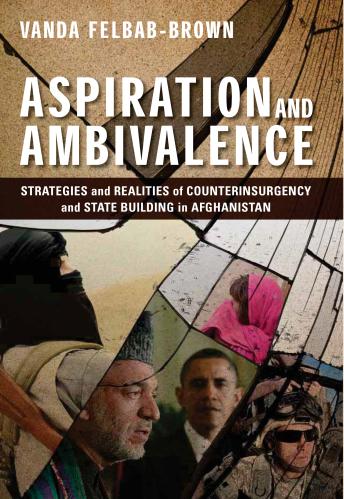
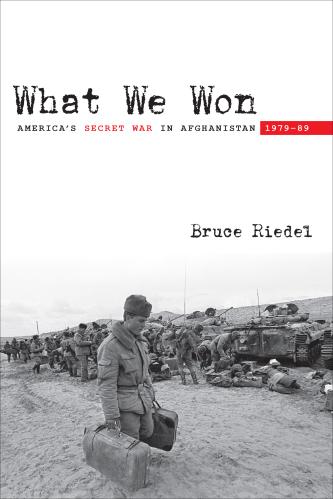
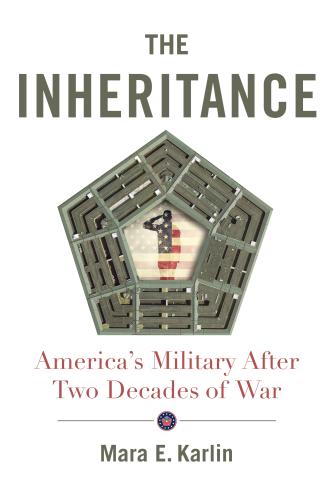
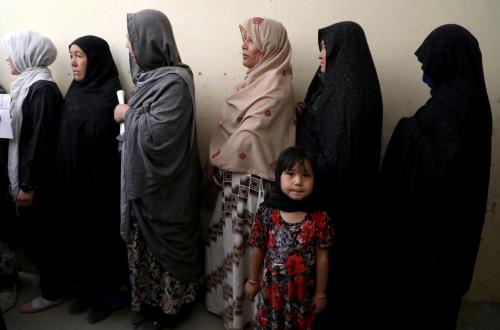

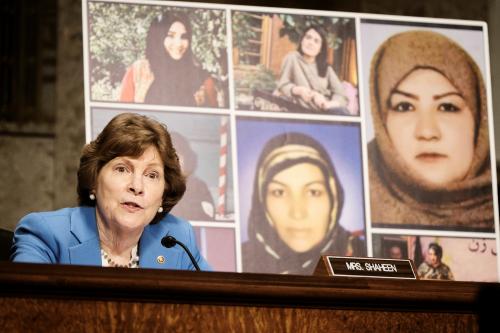

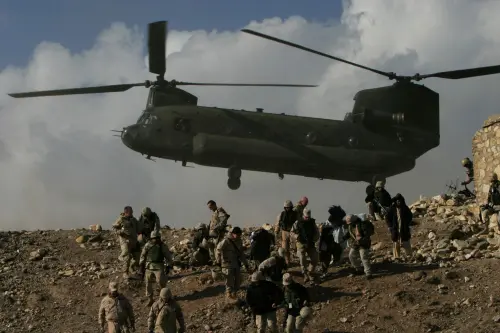
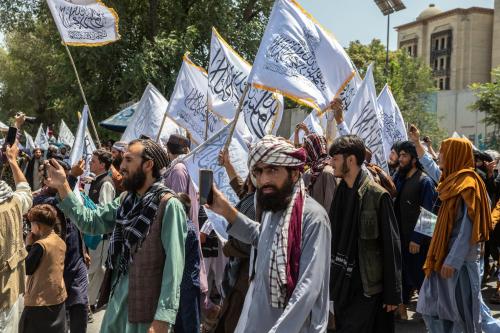
Commentary
Afghanistan after American withdrawal: Part 2 — Four scenarios
June 16, 2021